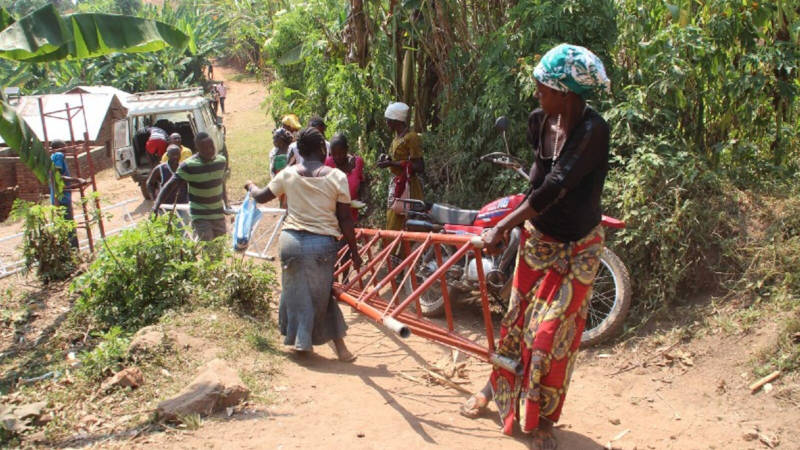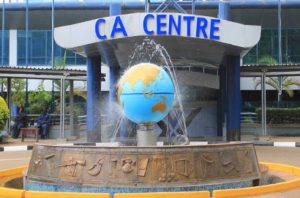By Josephine Miliza
Capacity building is critical to the sustainability of a community network for several reasons.
First, by building the technical skills of community network operators, they are better equipped to design, install, and maintain the network, which can help ensure it runs smoothly and efficiently.
This can reduce downtime and improve the reliability of the network. With skills in network expansions and upgrading, they can ensure that the network can adapt to changing technologies and user requirements, thus ensuring the network’s long-term sustainability.
With technical skills in network security, the networks and data of their customers can be protected from cyber threats.
Secondly, business and entrepreneurial skills will enable community network operators to manage and operate the network as a sustainable business.
These include financial management, budgeting, and marketing, which can generate revenue and ensure the network’s long-term viability.
Lastly, community engagement, governance, and management skills ensure that the operators can better work with the community to understand their needs, help them make the most of the network, and improve their access to information and services.
Since 2020, APC and Rhizomatica, within the LOCNET initiative and with support from the United Kingdom’s UKAid Digital Access Programme, have supported capacity-building efforts for micro-level organisations implementing or planning to start community networks in Kenya, Nigeria, South Africa, Indonesia, and Brazil.
The published licensing and shared spectrum for community networks state that the “Authority intends to build partnerships with organisations” such as “education institutions, civil society agencies and community network alliances”.
The new draft universal service fund strategy for 2022-2026 identifies digital skilling as one of its strategic objectives. To maximise the chances of success for community network grantees under the USF strategy, the Authority should consider supporting capacity-building programmes that focus on mentorship and training community network operators.
An example is the training and mentoring of 11 pilot community networks and the creation of a community of practice for CNs within Kenya that TunapandaNET Community Network coordinated.
This will support the building of technical and managerial capacity and skills among women and men in planning, building, operating, and managing their telecommunication networks and local content according to their needs.
Effective capacity-building programs start with conducting needs assessments to inform the curriculum design and the suitable expert trainers who also understand local contexts.
For sustainability, it’s important to encourage community members to take ownership of the network and the training provided by involving them in decision-making and management of the network and providing for them to develop sustainability plans.
Building partnerships and collaborations with local government, other organisations, and individuals working on similar initiatives to share best practices, resources, and knowledge. This will help ensure the community network is sustainable in the long run.
This is a series of blogs on the work KICTANet has been doing around Community Networks.
_________________________________________________________________________________________________________
Josephine Miliza is the Africa Regional Policy Coordinator for Community Networks.
![]()




